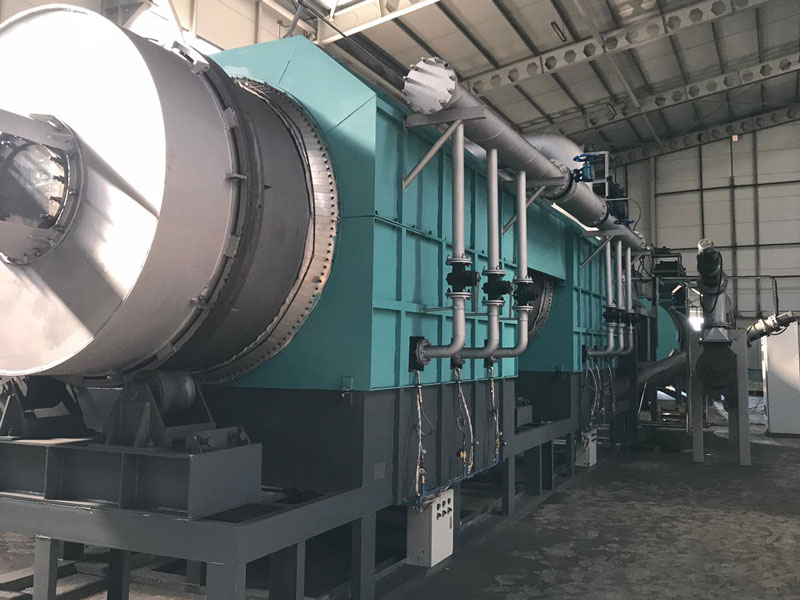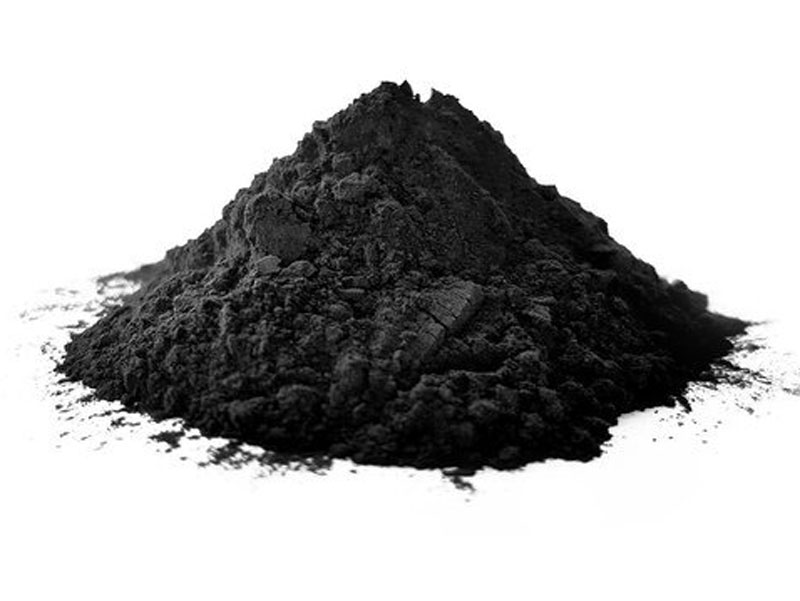Waste management is a critical environmental challenge faced by societies worldwide. Traditionally, waste has been handled through incineration and landfill methods. However, these practices have significant drawbacks, leading to environmental pollution and resource wastage. In recent years, pyrolysis has emerged as a promising alternative with several advantages over incineration and landfill.
Environmental Impact
1.Reduced Air Pollution
Unlike incineration, which releases harmful pollutants and greenhouse gases into the atmosphere, pyrolysis occurs in an oxygen-free environment, minimizing the emission of noxious gases. This aspect significantly contributes to air quality improvement and helps combat climate change.
2.Minimal Ash Generation
Incineration produces substantial amounts of ash, which often contains toxic substances that require specialized disposal. In contrast, carbonizing machine generates minimal ash, and the resulting biochar can be safely utilized as a valuable soil amendment, reducing waste streams.
Resource Recovery
1.Biochar Production
Pyrolysis produces biochar, a stable carbon-rich material with high porosity and water-holding capacity. Biochar enhances soil fertility, sequesters carbon, and mitigates greenhouse gas emissions. Its application in agriculture can lead to increased crop yields and reduced dependence on chemical fertilizers.

2.Bio-oil and Syngas Utilization
Biomass pyrolysis plant also yields bio-oil and syngas, which can be further processed to produce renewable fuels and chemicals. Bio-oil can serve as a substitute for fossil fuels, while syngas is valuable for heat and electricity generation.
Waste Volume Reduction
1.Efficient Waste Processing
Pyrolysis significantly reduces the volume of waste, typically by 70-90%, depending on the feedstock. This aspect leads to decreased demand for landfill space and prolongs the lifespan of existing landfills.
2.Versatile Feedstock
Unlike incineration, which has limitations on certain waste types, pyrolysis can process various organic materials, including biomass, plastics, rubber, and agricultural residues. This versatility allows for a more comprehensive approach to waste management.

Energy Efficiency
1.Self-Sustaining Process
Pyrolysis can be a self-sustaining process once it reaches a certain temperature. The heat generated by biochar plant can be harnessed to sustain the process, reducing the external energy input required for waste treatment.
2.Syngas Utilization
The syngas produced during pyrolysis can be utilized to generate heat or electricity. This provides an opportunity to create a closed-loop system, wherein the byproducts of pyrolysis contribute to the energy needs of the plant.
More in Beston Group.
In conclusion, pyrolysis offers several advantages over incineration and landfill as a sustainable waste management solution. Its environmental benefits include reduced air pollution and minimal ash generation. Additionally, pyrolysis allows for resource recovery through biochar production, bio-oil, and syngas utilization, leading to more sustainable energy production. The efficient waste volume reduction and versatile feedstock processing make pyrolysis a promising technology for the future of waste management, promoting a cleaner and greener environment. As governments and industries continue to seek innovative solutions to waste challenges, pyrolysis stands as a beacon of hope in addressing the global waste crisis.